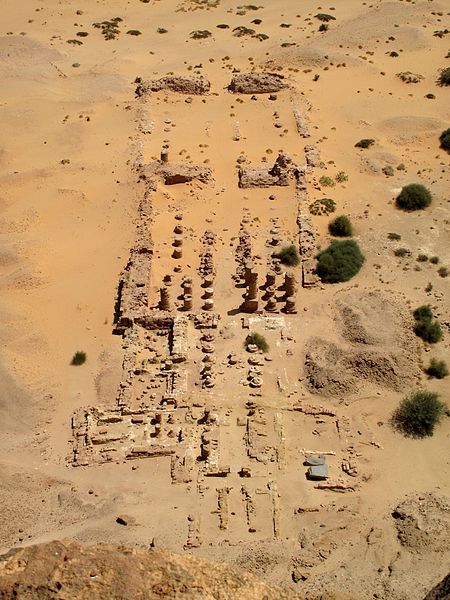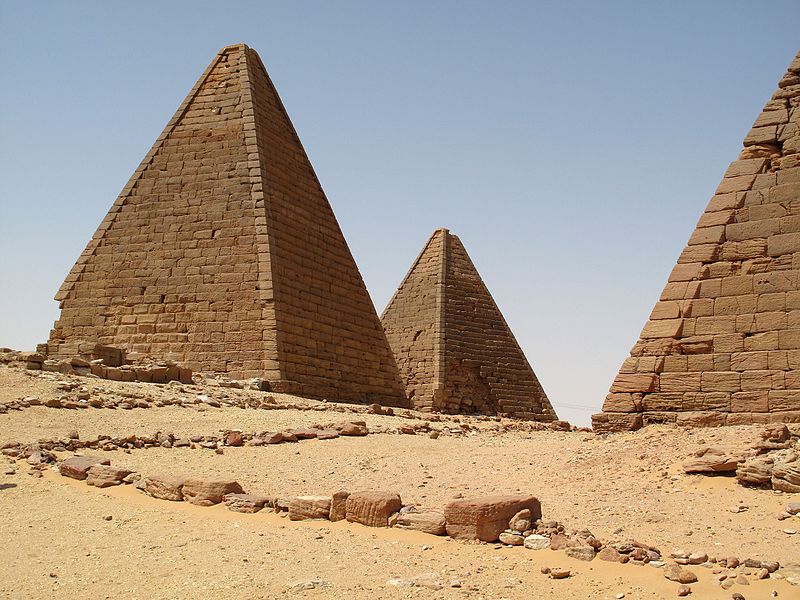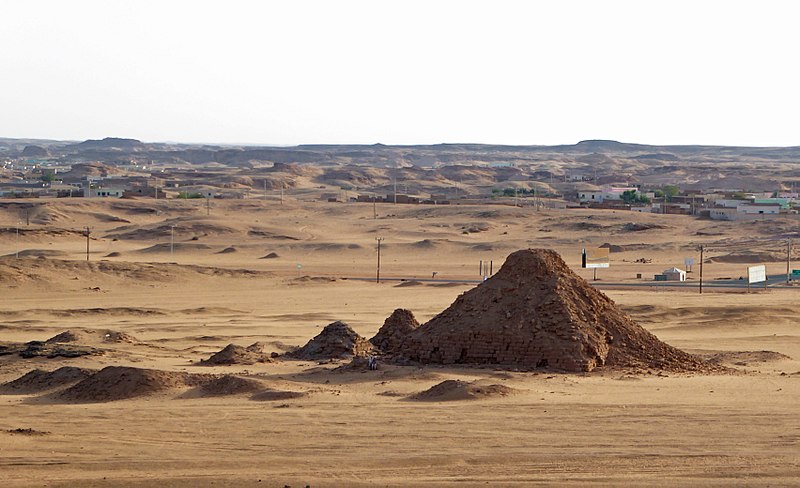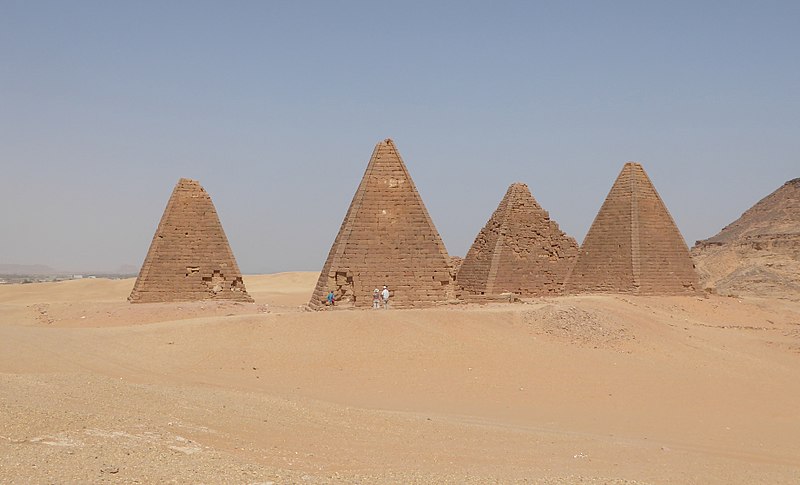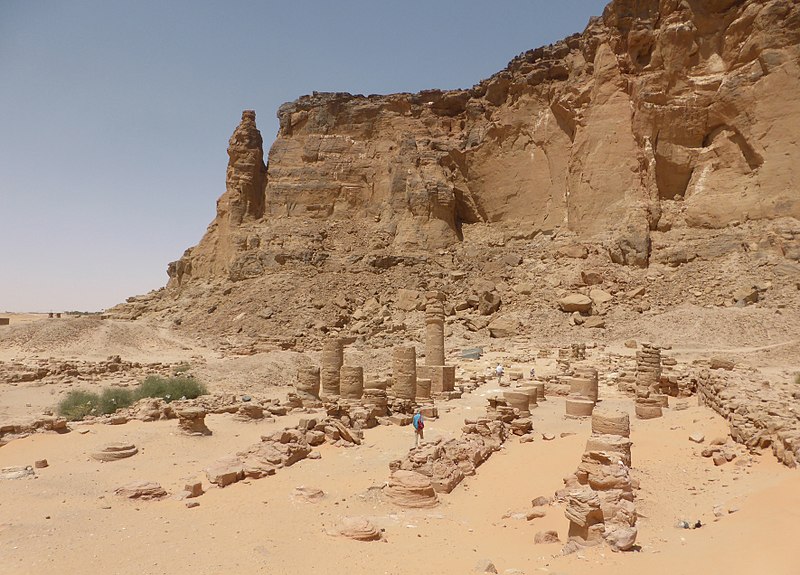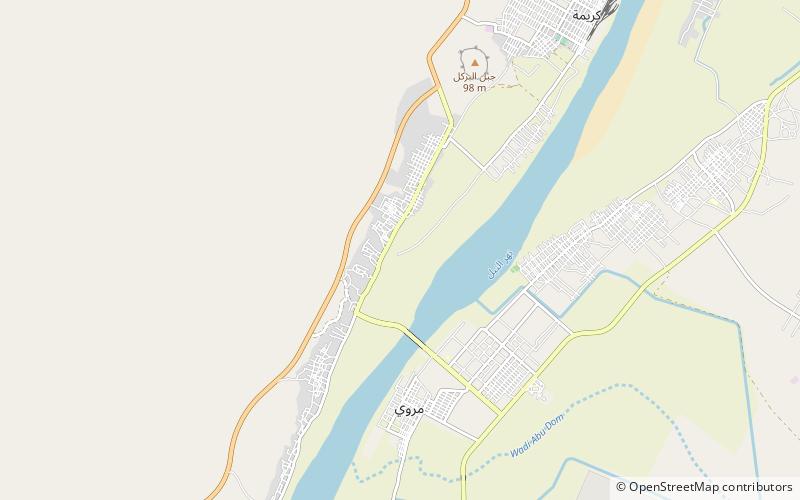Jebel Barkal
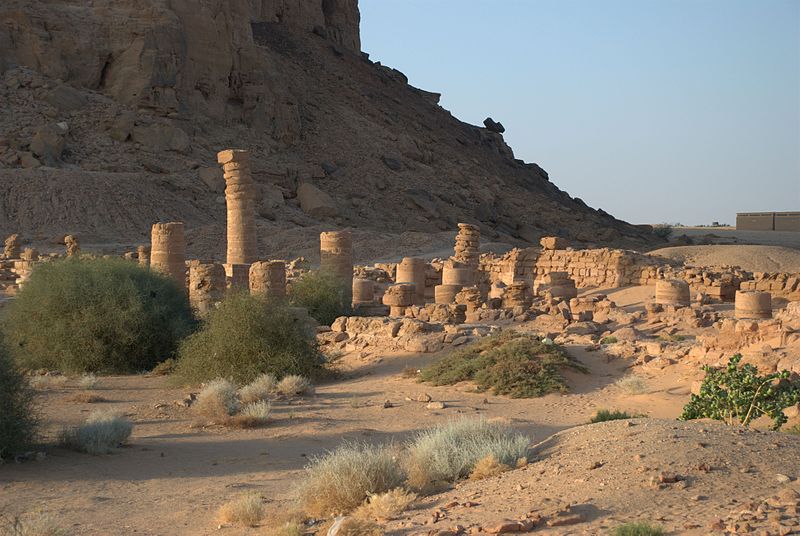
Facts and practical information
Jebel Barkal, a towering landmark in the Nubian Desert of Sudan, stands as a testament to an ancient civilization's religious and cultural magnificence. This archaeological site, recognized by UNESCO as a part of the "Napata region" World Heritage Site, is steeped in history and spirituality. The distinctive flat-topped mountain was once considered a holy site associated with the god Amun, playing a pivotal role in the Nubian Kingdom of Kush.
The site, dating back to the 3rd millennium BCE, became the focal point of the Kushite state during the 1st millennium BCE, where it served as the dynasty's spiritual epicenter. The remains of temples, palaces, and pyramids at Jebel Barkal are illustrative of the wealth and power of the Kushite Empire, which once rivaled ancient Egypt. The largest and most significant of the temples is dedicated to Amun, showcasing intricate carvings and hieroglyphs that tell stories of a bygone era.
Jebel Barkal's significance is further highlighted by its association with various pharaohs, including Taharqa, who built extensively in the area. The site's pyramids, though smaller than their Egyptian counterparts, are no less impressive, with their sharp angles and steep slopes.
Jebel Barkal – popular in the area (distance from the attraction)
Nearby attractions include: Temple of Amun, Hillat al-Arab.


